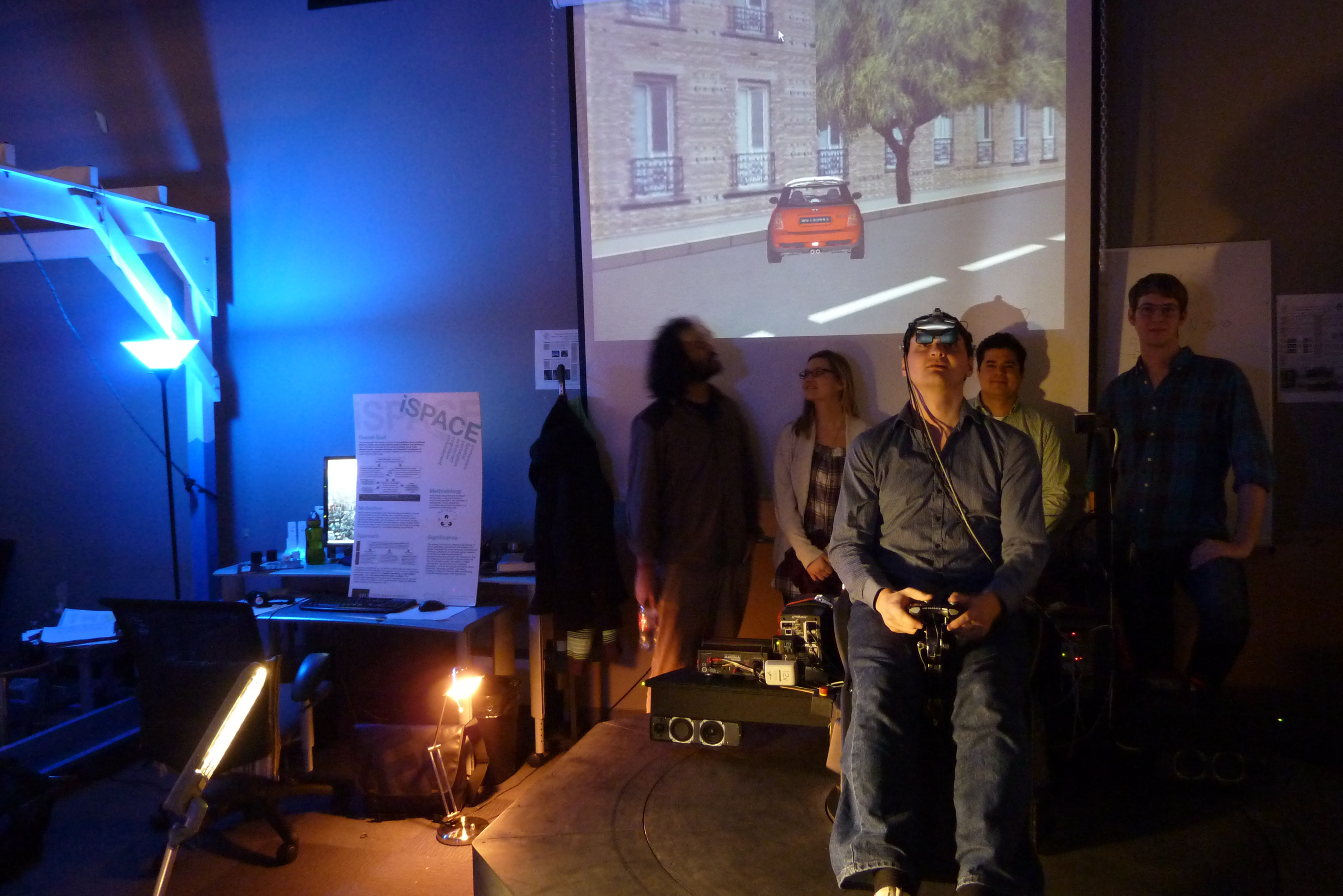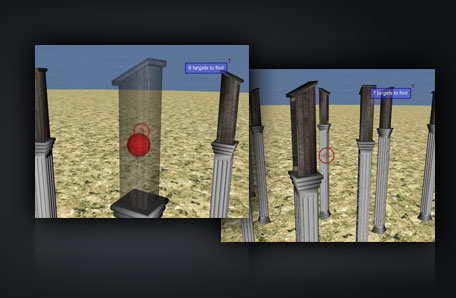IAT 445 Project showcase on Friday June 23, 2017, 10am-2:30pm
On Friday June 23, 2017, the students from my course on “immersive environments” (IAT 445) will be presenting their final projects in the Mezzanine on our SFU Surrey campus, from about 10am — 2:30pm.
9 student teams will showcase their own immersive Virtual Reality projects that they developed in the popular game engine Unity3D and will present using the Oculus Rift head-mounted display.
Some projects draw from contemporary indie/art computer games like Dear Esther, Journey, or Stanley’s Parable and cinema/television.
Students were tasked to design for a purposeful and immersive user experience — this semester’s design challenge for students was Going beyond: “Use unity3D and guiding frameworks (e.g., immersion, presence, user-centered systems design etc.) to iteratively ideate, design, prototype, and evaluate an immersive and interactive virtual environment experience that “goes beyond”: How could you provide interesting, inspiring, or meaningful experiences in VR? That is, what experiences could you provide in VR that are otherwise difficult, dangerous, or hard to experience? Instead of using VR as only a past-time and ultimate sensory overload tool to wow people, how could you use it for something more interesting, novel, exciting, or meaningful?” Be prepared for some exciting showcases!
In case you can’t make it to the interactive project showcase, you can join the public project video http://www.buyvaliumonline.com presentation session on Thursday June 29th at 2:30pm, in Surrey room #5380, or wait for the best videos to be posted online.
See SFU’s Teaching & Learning blog for a news story on this course from Spring 2013, entitled: “How a SIAT course in immersive environments exposed students to the real world”
See my teaching page and last year’s SFU media release for more infos.

























 Our conference paper at SUI 2016 just received an honourable mention at the ACM SUI conference in Tokyo, congratulations to all!
Our conference paper at SUI 2016 just received an honourable mention at the ACM SUI conference in Tokyo, congratulations to all!
































